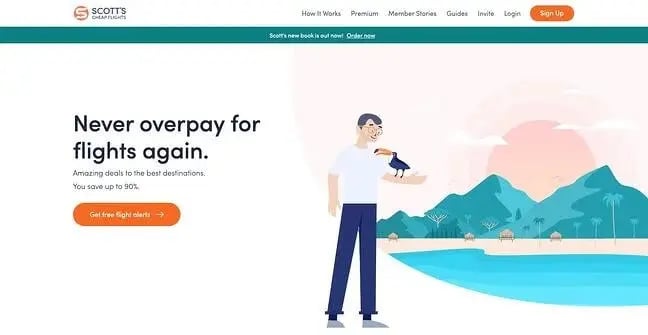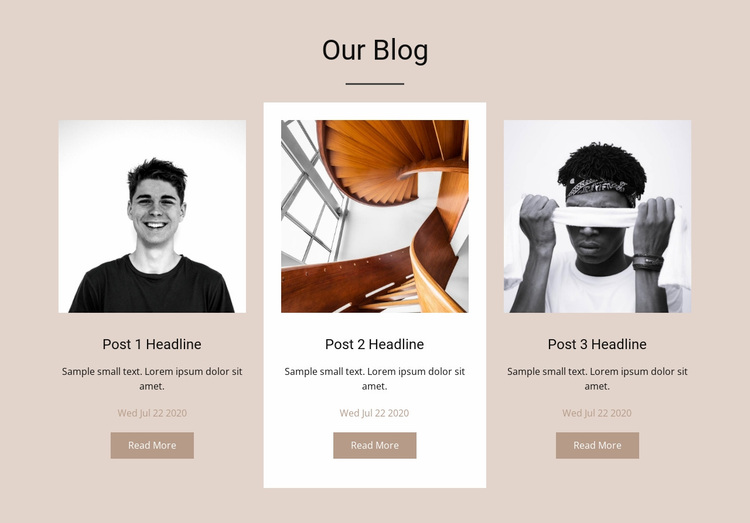The Role of User-Centered Website Design in Increasing Customer Retention
The Role of User-Centered Website Design in Increasing Customer Retention
Blog Article
Increase Engagement With Ingenious Site Style Solutions
An attentively crafted customer experience, underpinned by strategic visual style and interactive elements, can considerably improve user engagement. By checking out numerous methodologies such as responsive style and individualized web content, organizations can create a platform that not just mesmerizes users yet additionally cultivates lasting commitment.

Understanding User Experience
Comprehending user experience (UX) is crucial for producing efficient web site design remedies, as it straight affects exactly how users connect with digital platforms. A detailed UX method encompasses numerous elements, consisting of individual, availability, and use satisfaction, all of which add to the general performance of a web site.
To begin with, use concentrates on exactly how easily individuals can browse and discover the information they look for - website design. A well-structured format, intuitive navigation, and clear calls to action are basic elements that enhance usability. Accessibility ensures that all customers, consisting of those with disabilities, can properly engage with the website. This entails developing content that is certified with access requirements and can be conveniently accessed utilizing assistive innovations.
Moreover, understanding individual identities is important for customizing the experience to fulfill particular audience demands. By carrying out customer research study and testing, developers can collect insights that educate layout decisions, making sure the site not only fulfills aesthetic goals but also fulfills functional requirements. Inevitably, a thoughtful strategy to UX design promotes engagement, urges retention, and enhances overall customer complete satisfaction, which are crucial for the success of any kind of electronic system.
Visual Style Approaches
Incorporating reliable aesthetic layout strategies is vital for catching user attention and enhancing the general user experience on a site. A well-balanced aesthetic power structure guides customers with the material, allowing them to conveniently browse and soak up information. This can be accomplished through the calculated use typography, color design, and spacing, which jointly produce a natural and interesting design.
Shade plays a crucial duty in stimulating feelings and establishing brand name identity. Utilizing a well balanced color combination that aligns with the brand's ethos can cultivate familiarity and count on. Additionally, incorporating high-grade images and graphics enhances aesthetic appeal and can significantly improve customer engagement.
Whitespace, frequently neglected, is just as crucial as it enables content to take a breath and stops frustrating users with mess. It assists in less complicated analysis and comprehension, causing a more pleasurable surfing experience.
Finally, consistency in design elements-- such as button fonts, styles, and symbols-- guarantees a smooth individual journey, enhancing the brand's professionalism and reliability. By purposefully applying these visual layout strategies, internet sites can not just attract site visitors but additionally encourage them to stay longer and engage even more deeply with the content.
Interactive Aspects for Involvement
Engaging customers efficiently often depends upon the implementation of interactive aspects that invite engagement and promote a vibrant surfing experience. These aspects, consisting of tests, surveys, and interactive infographics, encourage users to actively take part rather than passively eat material. By incorporating such attributes, sites can not only capture attention yet also improve customer retention.

Gamification is another effective method. Integrating game-like components, such as success or incentives for finishing tasks, can change mundane interactions right into delightful experiences. This approach not just boosts engagement but also encourages customers to return, producing a faithful target market.
In addition, interactive aspects can promote social sharing, enhancing a website's reach. Functions like remark areas, share buttons, and user-generated material areas foster community interaction, transforming visitors right into energetic individuals. website design. Eventually, the tactical usage of interactive components is necessary for developing a appealing and engaging internet site that resonates with users
Responsive and Flexible Design
A properly designed website must focus on receptive and adaptive layout to guarantee optimal user experiences throughout a variety of tools and display sizes. Receptive design uses liquid grids and flexible pictures, allowing the design to instantly readjust based on the viewer's screen dimension. This approach guarantees that users can conveniently communicate and navigate with the material, despite whether they are making use of a desktop computer, tablet computer, or mobile phone.
In contrast, adaptive style utilizes predefined layouts that are customized to particular tool groups. This suggests that the internet site spots the sort of device being utilized and offers the appropriate layout, which can improve loading times and optimize the screen of necessary components. While both methods aim to boost functionality, receptive design is frequently preferred for its fluidness and smooth transition between gadgets.
Incorporating receptive and flexible style not only boosts customer fulfillment however additionally favorably affects online search engine positions. Online search engine prioritize mobile-friendly sites, hence enhancing presence and attracting even more visitors. Spending in great site these design methods is important for businesses looking to engage their target market successfully and maintain an affordable edge in today's electronic landscape. website design.
Studying Individual Responses and Information
Customer responses and data analysis are crucial parts of effective web site layout, as they supply useful insights right into individual actions and choices. By methodically taking a look at and accumulating customer responses through studies, usability testing, and analytics tools, designers can determine discomfort factors and areas for enhancement. This data-driven strategy allows businesses to fine-tune their site components, making sure that the user experience straightens with target market assumptions.
Evaluating metrics such as bounce prices, time on web page, and click-through prices offers a measurable point of view on individual involvement. These metrics assist designers recognize which web content resonates and which locations may require optimization. A/B screening can be used to assess variants in style, allowing developers to make enlightened decisions based on customer interactions.
Integrating customer responses not just enhances site usability but likewise promotes a sense of area and trust fund. Engaging with users through feedback loops grows commitment and urges repeat check outs. Inevitably, leveraging user comments and information analysis is important to creating a dynamic, user-centered website that adjusts to progressing user demands and choices, consequently driving higher involvement and fulfillment.
Final Thought

An attentively crafted individual experience, underpinned by critical aesthetic style and interactive components, can substantially enhance customer interaction.Incorporating effective aesthetic layout approaches is vital for capturing customer focus and enhancing the total user experience on a web site.Customer feedback and information analysis are vital parts of reliable website design, as they offer beneficial understandings right into individual habits and choices. Eventually, leveraging user feedback and information analysis is essential to producing a dynamic, user-centered web site that adjusts to evolving individual demands and preferences, therefore driving greater involvement and complete satisfaction.
In verdict, ingenious internet site layout options dramatically enhance individual interaction by prioritizing individual experience, utilizing efficient visual techniques, and incorporating interactive components.
Report this page